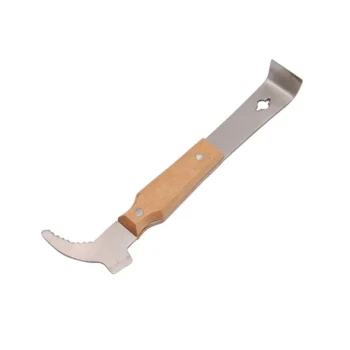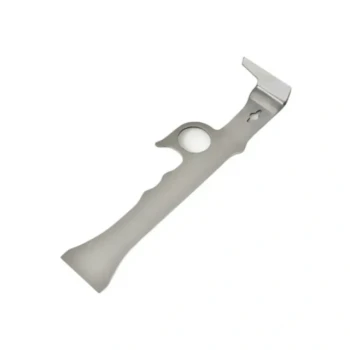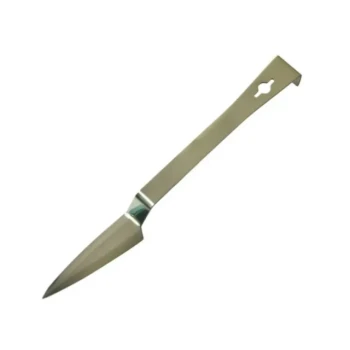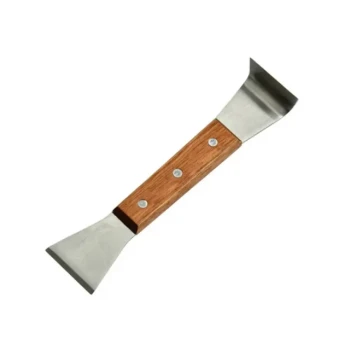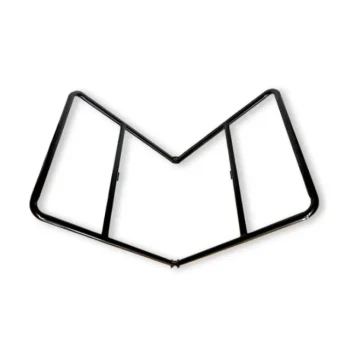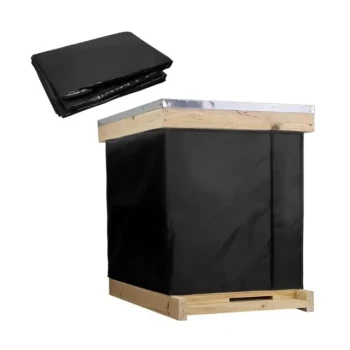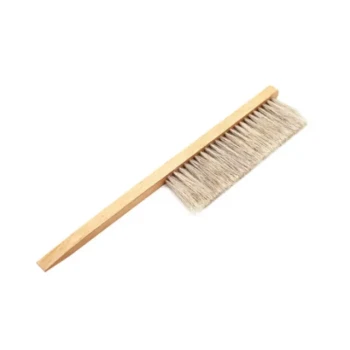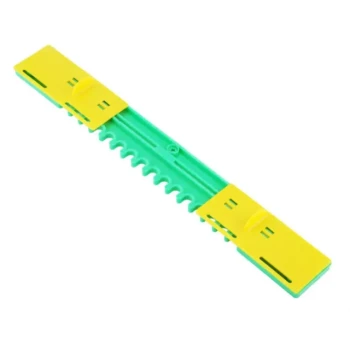In Oregon, the most common time to harvest honey from Warre hives is in late summer or early fall, typically September. This approach allows beekeepers to collect the surplus honey produced during the primary summer nectar flow. However, a key principle of Warre beekeeping also advocates for a spring harvest, which prioritizes the colony's winter survival above all else.
The decision to harvest in late summer versus the following spring is not just about timing; it reflects a fundamental choice in beekeeping philosophy. A fall harvest aims to collect the current season's surplus, while a spring harvest ensures you only take what the colony has proven it did not need to survive winter.

Two Philosophies for Harvesting Honey
Understanding the right time to harvest requires looking beyond a simple date on the calendar. It involves choosing between two distinct management approaches, each with its own logic and goals.
The Late-Season Harvest (September)
This is the more traditional approach, common across many hive types.
The harvest occurs after the main nectar flows have finished, which in much of Oregon includes the prolific blackberry bloom.
The goal is to remove the surplus honey from the upper boxes before the bees settle in for their winter cluster, leaving them with what you estimate they will need to survive.
The Spring Harvest (The Bee-Centric Approach)
This method is highly favored by beekeepers who follow the naturalistic principles of the Warre hive design.
Instead of harvesting in the fall, you leave the entire season's honey stores on the hive for the bees to use throughout winter.
In the spring, as the colony becomes active, you inspect the hive. The honey in the top boxes, which the bees have moved down from, is now considered a proven surplus and can be harvested.
Why the Warre Method Favors a Spring Harvest
The design and philosophy of the Warre hive are specifically oriented toward bee health and minimal intervention, making the spring harvest a natural fit.
Aligning with Natural Cycles
The Warre hive is meant to mimic a hollow tree. Bees naturally store honey above their nest and consume it over winter, slowly moving the cluster upwards.
Harvesting from the top box in the spring removes the oldest honey that the bees have already moved past, which closely imitates how a wild colony would abandon old comb at the top of a cavity.
Guaranteeing Colony Survival
A late-season harvest always involves a degree of guesswork. Taking too much honey is a primary cause of colony loss over winter.
A spring harvest eliminates this risk. The colony has already made it through the winter, proving that the honey remaining in the top boxes was truly surplus to their needs.
Understanding the Trade-offs
Neither method is without its own set of considerations. Your choice should be an informed one based on your goals and risk tolerance.
Risks of a Late-Season Harvest
The most significant risk is miscalculating the colony's winter needs and taking too much honey, which can lead to starvation.
This can create more work for the beekeeper, who may need to resort to emergency feeding with sugar syrup if the colony's stores run low.
Considerations for a Spring Harvest
Your potential for a honey harvest is entirely dependent on the colony's winter consumption. After a long, cold winter, there may be little to no surplus left to take.
This approach requires patience. Beekeepers, especially those with new colonies, may go a year or more without a harvest as the bees build up their own essential reserves.
Making the Right Choice for Your Colony
Your decision on when to harvest should be guided by your primary objective as a beekeeper.
- If your primary focus is maximizing this year's honey yield: A cautious late-season harvest in September is the conventional path, but you must be diligent in leaving more than enough honey for winter.
- If your primary focus is colony health and natural beekeeping: The spring harvest is the ideal method for Warre hives, as it removes all guesswork and prioritizes the well-being of your bees.
Ultimately, successful beekeeping comes from observing your specific colony and making decisions that ensure its long-term health and survival.
Summary Table:
| Harvest Time | Philosophy | Key Goal | Key Risk |
|---|---|---|---|
| Late Summer (September) | Traditional | Collect surplus honey after main nectar flow | Miscalculating winter needs, risking colony starvation |
| Spring | Natural, Bee-Centric | Take only proven surplus after colony survives winter | Potential for little to no harvest after a long winter |
Ready to Choose the Right Harvest Strategy for Your Warre Hives?
Whether you're a commercial apiary aiming for consistent yields or a distributor supplying natural beekeeping equipment, the right tools and support are key to success. HONESTBEE provides high-quality, durable beekeeping supplies and equipment designed for both traditional and natural beekeeping methods.
Let us help you:
- Optimize Your Harvest: Get equipment that supports both late-summer and spring harvesting philosophies.
- Ensure Colony Health: Use reliable supplies that minimize intervention and prioritize bee well-being.
- Scale Your Operations: Access wholesale-focused solutions for commercial beekeepers and distributors.
Contact us today to discuss your specific needs and discover how HONESTBEE can support your beekeeping success. Get in touch now!
Visual Guide
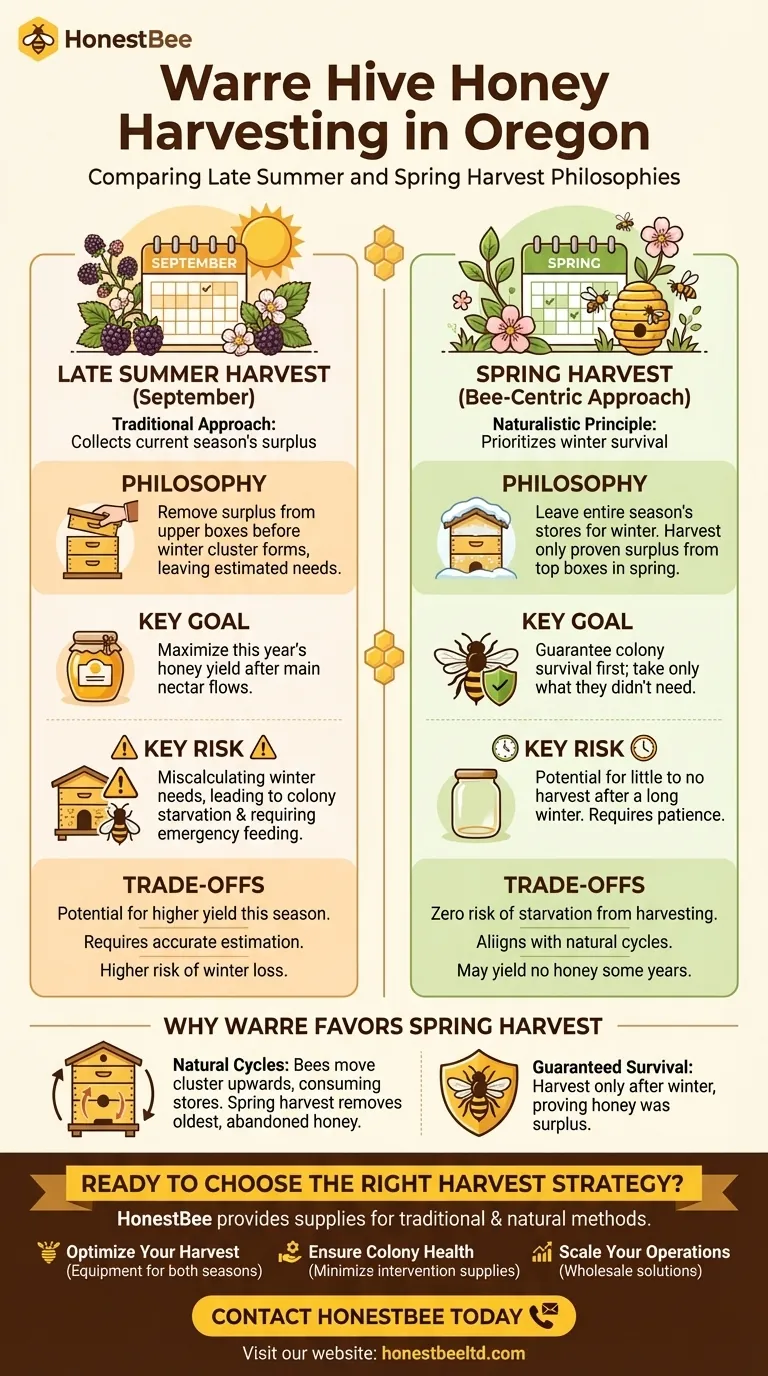
Related Products
- Long Langstroth Style Horizontal Top Bar Hive for Wholesale
- HONESTBEE Professional Multi-Functional Hive Tool with Ergonomic Wood Handle
- HONESTBEE Advanced Ergonomic Stainless Steel Hive Tool for Beekeeping
- HONESTBEE Professional Long Handled Hive Tool with Precision Cutting Blade
- Professional Dual-End Stainless Steel Hive Tool for Beekeeping
People Also Ask
- What are the box management requirements for a top bar hive vs. Langstroth? Choose Your Hive Strategy
- What are the most popular types of hives besides the Langstroth? Top Bar & Horizontal Hives Explained
- What are the benefits of a top bar hive? A Natural, Low-Impact Approach to Beekeeping
- How does the design of a top bar hive benefit beekeepers? Ergonomic & Natural Beekeeping for Hobbyists
- What are the advantages of a top bar hive? Simpler, Bee-Centric Beekeeping for All

